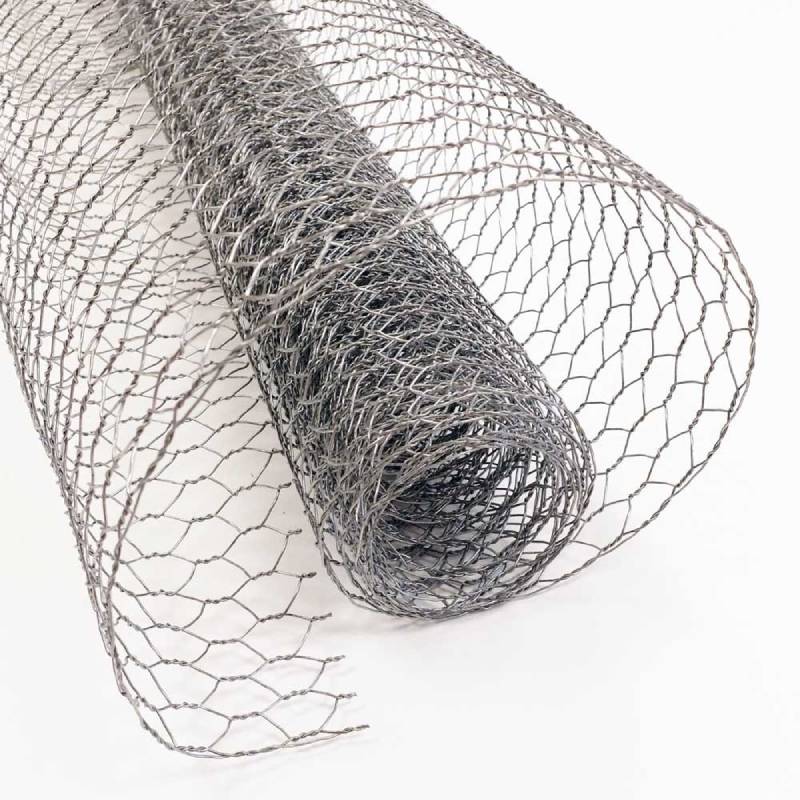Durable and Versatile Chain Link Fence Materials for Your Property Needs
Understanding Chain Link Fence Fabric A Comprehensive Guide
Chain link fence fabric is a popular choice for security, boundary marking, and overall property enhancement. Its versatility, durability, and cost-effectiveness make it favorable for residential, industrial, and commercial applications. In this article, we will explore the various aspects of chain link fence fabric, including its composition, benefits, installation process, and maintenance.
What is Chain Link Fence Fabric?
Chain link fence fabric is the woven wire mesh that forms the main body of a chain link fence. It is typically made from galvanized steel wire, which provides corrosion resistance and strength. The wire is woven in a diamond pattern, allowing visibility and airflow while still providing a physical barrier. Chain link fence fabric comes in various heights, mesh sizes, and coatings, making it suitable for different applications.
Benefits of Chain Link Fence Fabric
1. Durability One of the primary benefits of chain link fence fabric is its long-lasting nature. Galvanized steel is resistant to rust and corrosion, ensuring that the fence maintains its integrity for many years, even in harsh weather conditions.
2. Cost-Effectiveness Chain link fences are generally more affordable than other fencing options such as wood or vinyl. The lower material costs and easier installation also result in reduced labor expenses.
3. Versatility Chain link fences can be used in a variety of settings, from residential properties to commercial areas, parks, and even sports facilities. They can be customized in height and width to meet specific needs.
4. Visibility and Security The open design of chain link fence fabric allows for visibility while still providing a substantial barrier. This feature makes it great for security purposes, as it deters intruders while allowing homeowners or business owners to keep an eye on their property.
5. Low Maintenance Another advantage is the minimal maintenance required for chain link fences. Regular inspections and occasional cleaning are usually sufficient to keep the fence in good condition.
Installation Process
chain link fence fabric

Installing chain link fence fabric involves several key steps
1. Planning and Measurement Before installation, it's crucial to measure the area where the fence will be placed. This step ensures that enough material is procured and helps to determine the layout.
2. Gathering Materials The necessary materials include chain link fabric, posts, tension wires, and appropriate hardware such as hinges, latches, and fasteners.
3. Setting Posts The first step in the installation process is to set the posts at regular intervals. Typically, the posts should be set 6 to 10 feet apart, depending on the height of the fence. They need to be securely anchored in concrete for stability.
4. Attaching the Fabric Once the posts are in place, the chain link fabric can be rolled out and attached to the posts using tension bands and ties. It’s essential to ensure that the fabric is taut and properly aligned.
5. Finishing Touches After the fabric is attached, the final steps include adding any gates and decorative elements, as well as giving the entire fence a final inspection.
Maintenance Tips
While chain link fences are low maintenance, some care is still necessary to ensure longevity. Regular inspections for rust or damage are recommended, along with occasional cleaning with soap and water. In areas with extreme weather, applying a rust-inhibiting paint can help prolong the life of the fence.
Conclusion
In summary, chain link fence fabric is an excellent choice for anyone seeking a durable, cost-effective, and versatile fencing solution. Its myriad benefits, ease of installation, and low maintenance requirements make it an appealing option for various applications. Whether you are trying to enhance security on your property or delineate boundaries, understanding chain link fence fabric can help you make informed decisions that meet your fencing needs.
-
Space-Saving Chain Fence Hacks Vertical Gardening with Cyclone MeshNewsJul.16,2025
-
Innovations in Iron Nail Wire Production for Modern ConstructionNewsJul.16,2025
-
Creative Uses of Wire Netting Fence in Modern Landscape DesignNewsJul.16,2025
-
Barbed Wire Fence Innovations in Anti-Climb TechnologyNewsJul.16,2025
-
Architectural Uses of Umbrella Nails for Aesthetic Roof DesignsNewsJul.16,2025
-
Architectural Uses of Razor Barbed Wire in Secure Urban DesignNewsJul.16,2025




